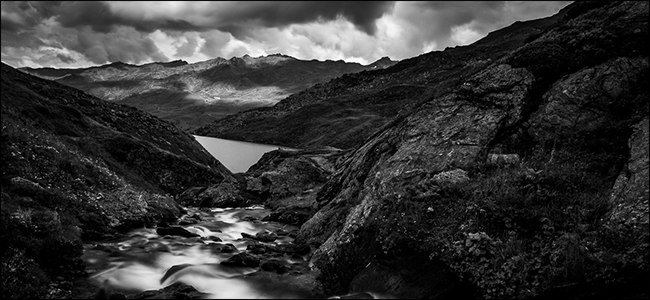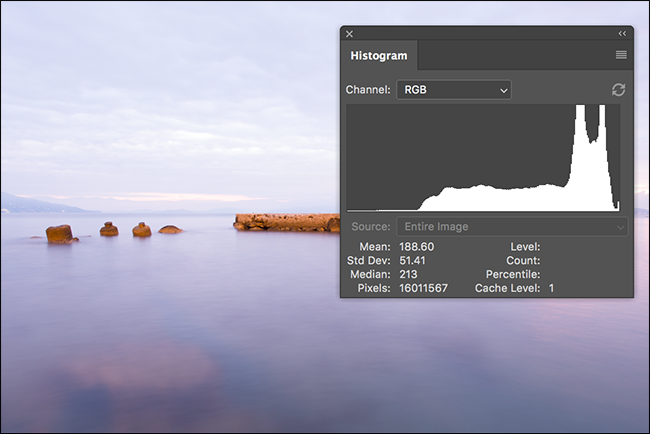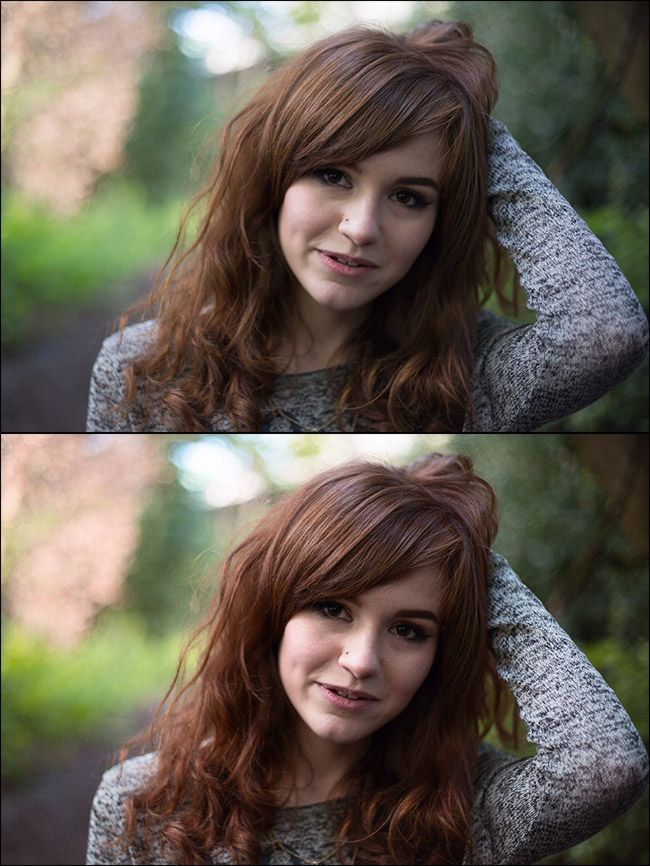Here at How-To Geek we usually recommend you shoot RAW format images instead of JPEGs because you capture a lot more information about whatever scene you're shooting. Let's look at how to make the most of the RAW format.
Camera RAW is an uncompressed file format that is capable of storing a lot more image data than JPEGs or other compressed file formats. If your camera's sensor can capture it, it will get stored in the RAW file. This means that RAW files can contain billions of colors---compared to JPEGs 16 million or so---plus the full dynamic of a scene. The biggest problem is that most cameras can capture---and RAW files can contain---a lot more information than any screen can currently display.
Now, let's look at how to maximize the amount of data in your RAW files for better photos.
Take Manual Control of Your Camera
If you want to take good pictures---in any image format---you need to be in control of what your camera is doing. Putting it in Automatic and just banging the shutter button won't get you very far. If you're in control, you can get the exposure right, stop highlights being blown out or shadows crushed, and adapt to the situation in which you're photographing.
This doesn't mean you need to go full retro and use only manual features; instead, you should use your camera's features and modes that let you control how the automatic features work. For example:
- Use Aperture Priority or Shutter Speed Priority shooting modes along with exposure compensation to get the exposure you want.
- Learn how to use the different autofocus modes, select autofocus points or groups, and use the right setup for the subjects you're shooting.
- Understand how your camera meters scenes and pick the right metering mode for the results you want.
- Know when to use autofocus lock and autoexposure lock.
As you can see, the "automatic" features on modern cameras give you a large amount of control over what they're doing. Once you understand what's going on, you can use them properly to capture the images you picture in your mind.
Expose to the Right
Once you're using your camera properly and taking the photos you want, it's time to maximize the amount of data you capture in your RAW files. Due to the quirks of digital photography, data is not captured equally by the sensor. The brightest areas of an image take up the bulk of the data in a RAW file; this is why noise is so much more prevalent in the shadows of your photos than the highlights.
While it's a bit annoying, you can make use of this by using a technique called "exposing to the right." When you expose to the right, you deliberately overexpose your image so that more of the scene falls into the highlights area of the histogram. More of the image in the highlights means more good data to work with in post.
When you expose to the right, you have to be very careful not to overexpose too much and blow out your highlights. If you do, you'll end up with a worse image than if you'd just taken a normal exposure. Get it right, however, and you'll be getting as much juicy photo data as possible from every byte of data.
Edit Your Photos
Digital cameras apply some simple edits to JPEG files to make them look better. Generally, they pump up the contrast and saturation, add some sharpness, and run a noise reduction algorithm. Since your camera won't apply the same edits to RAW files, it can leave them looking a little flat which you will need to fix with some simple post-processing.
To upload or print a RAW file you need to "develop" it using Adobe Lightroom or some other RAW processing app anyway so, it's a good idea, to take the opportunity to edit your images to match your vision better, even if you just tweak the white balance. I like to spend some time cleaning up any distractions, tweaking the exposure, adding a bit of contrast, and enhancing the colors---at the very least. I've written about my basic workflow in our article on improving almost any digital image.
The big advantage of RAW images is that they keep so much more data for you to work with later; skipping out on the editing step entirely misses the point of shooting with an uncompressed format. If you're not going to use all the extra data you've captured, you might as well just shoot JPEG.
We recommend shooting RAW because, unlike JPEG, you are recording all the information your camera's sensor can capture. Use it properly, and you'll get great results.



